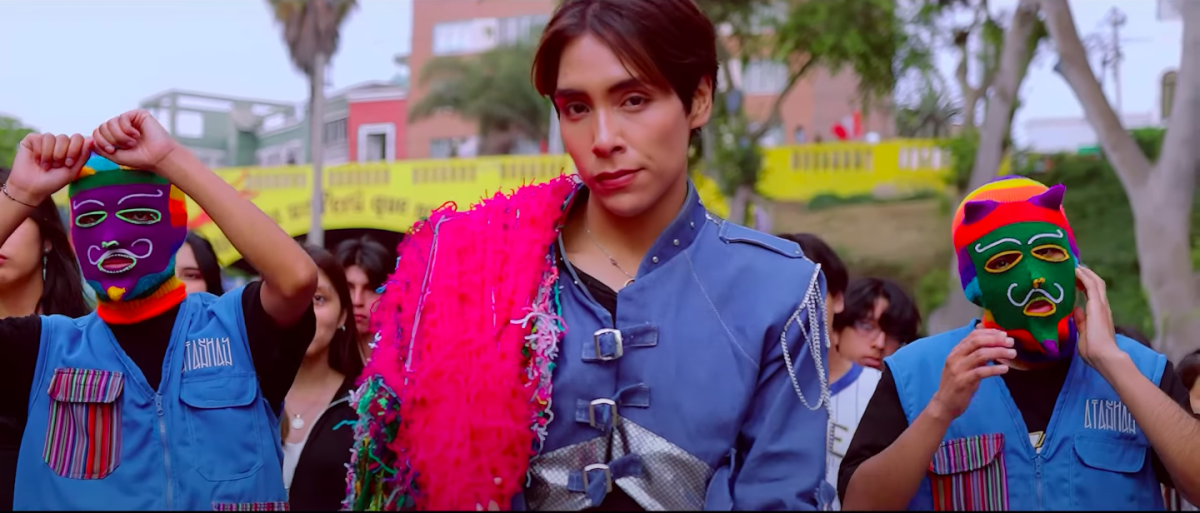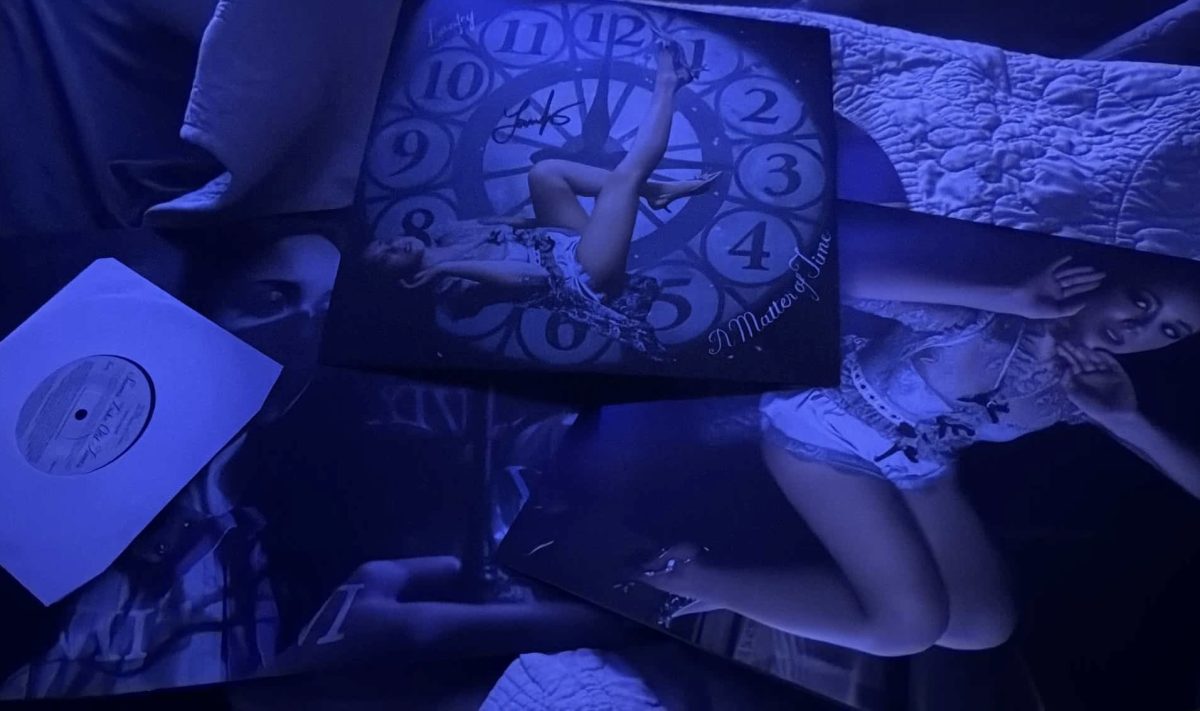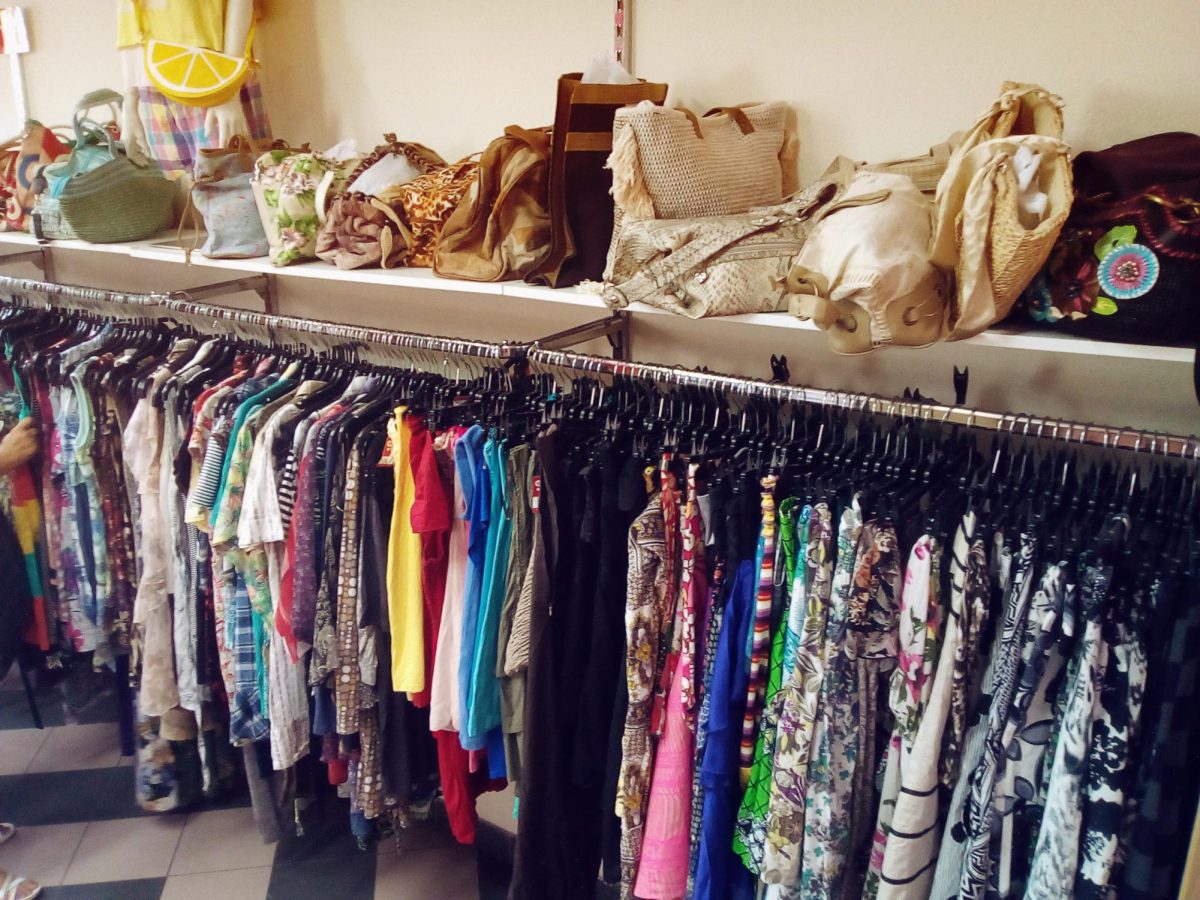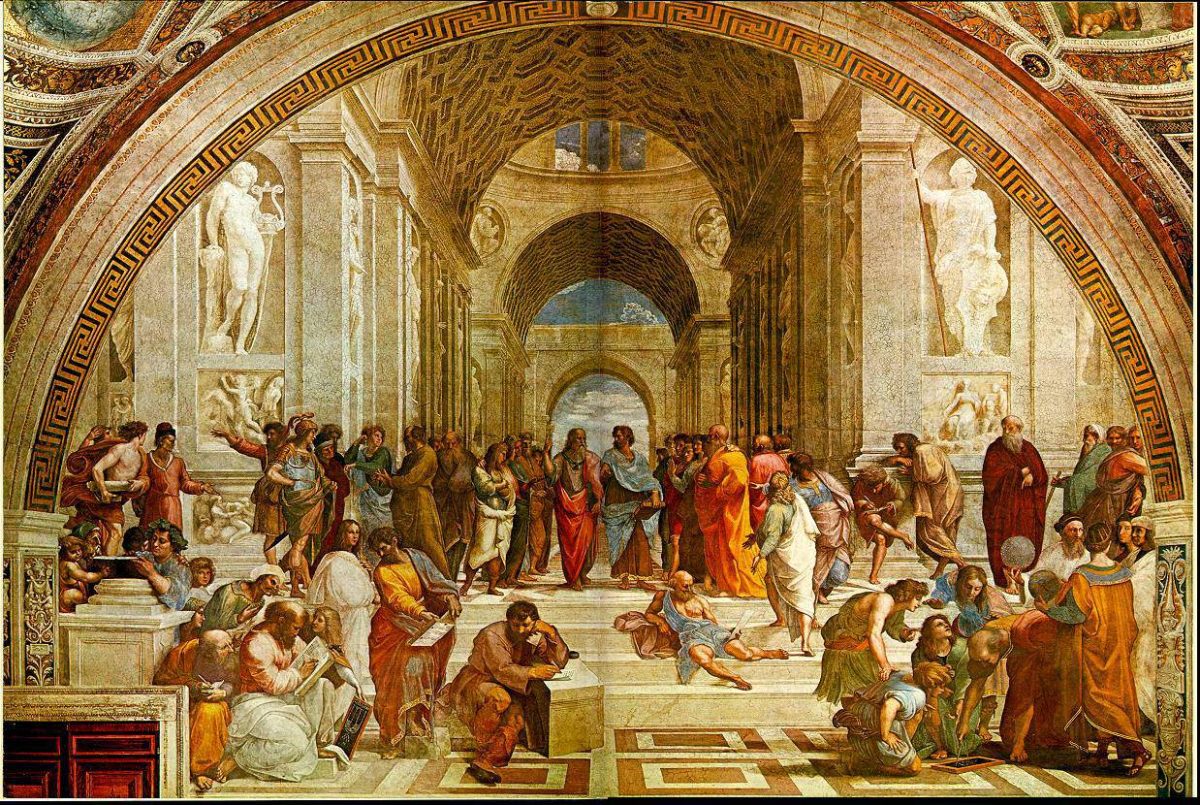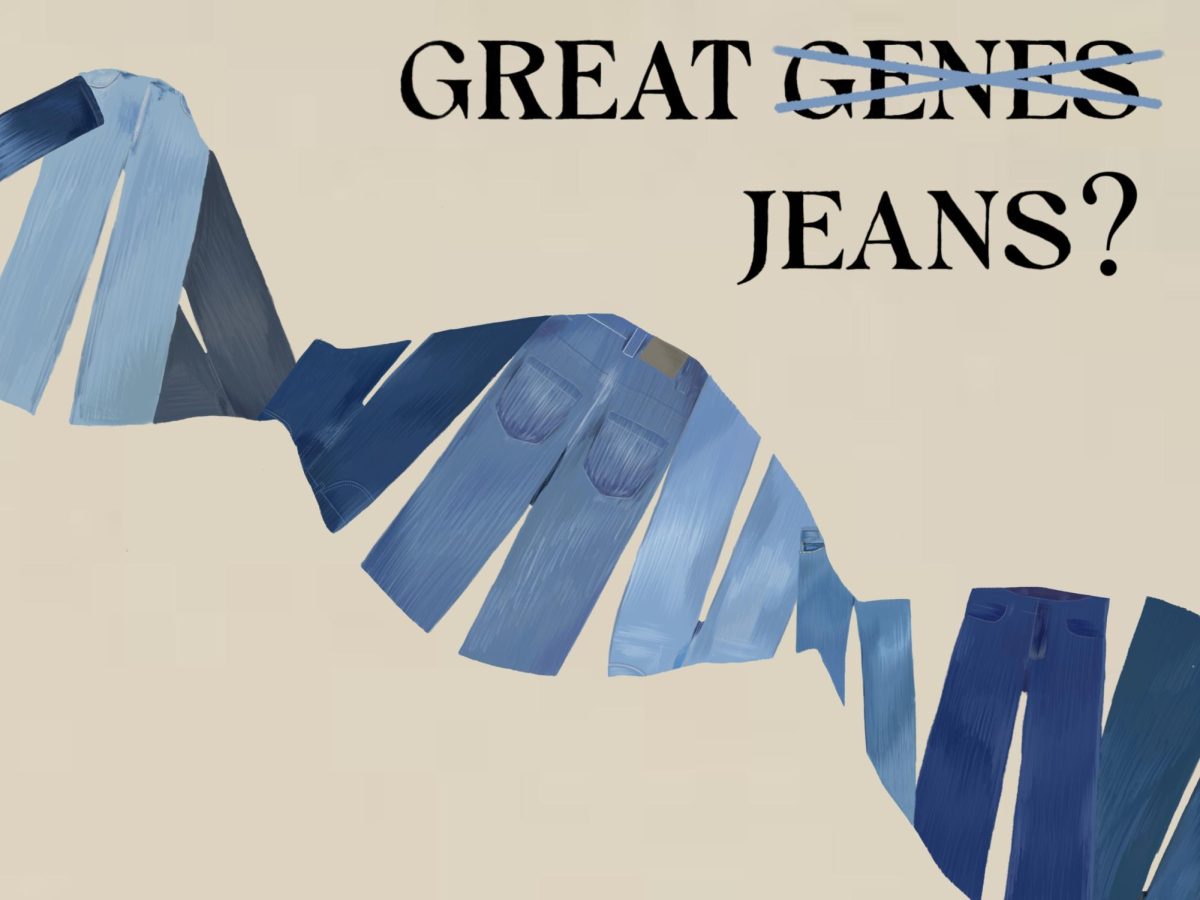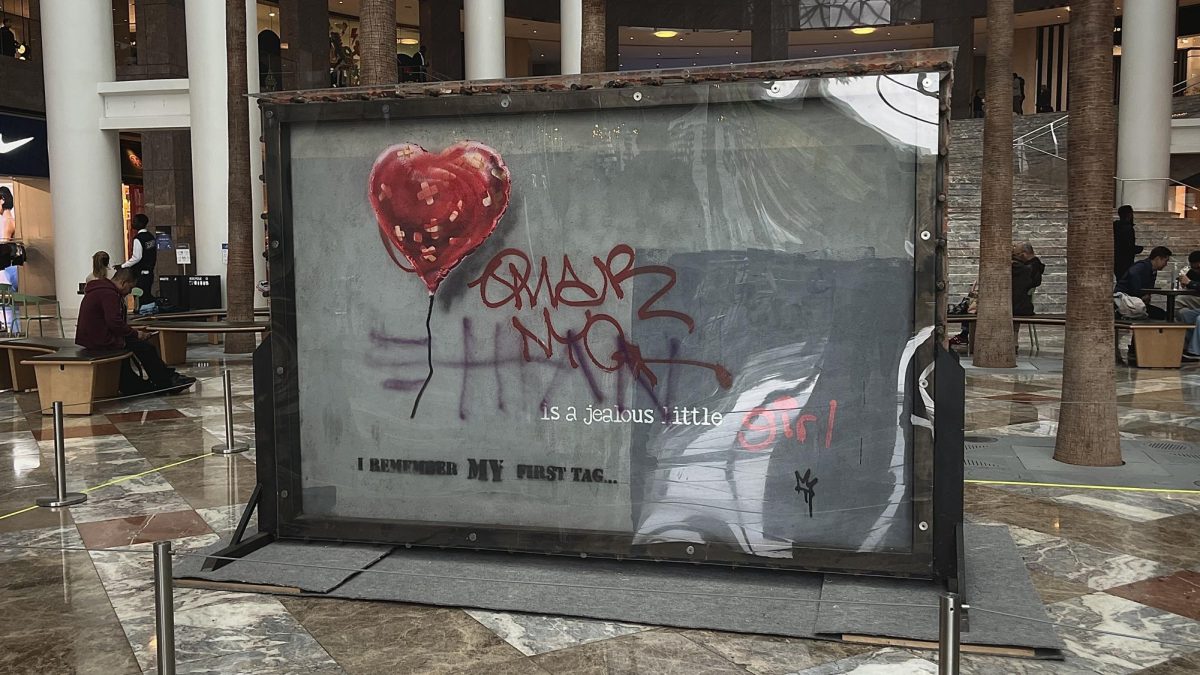Heavily influenced on an emotional and musical level by the K-pop genre, 23-year-old Lenin Tamayo was inspired to create a unique new genre. The result is Q-pop, also known as Quechua pop.
Quechua pop integrates the underlying musical patterns of K-pop with original choreography and lyrics sung in Spanish and the indigenous Andean language Quechua.
Tamayo’s musical journey started when he found K-pop as a teenager. The music comforted Tamayo and allowed him to befriend like-minded people. This interest helped him cope with the bullying he’d receive for his indigenous appearance.
“I spotted a group of young girls who were listening to K-pop and watching K-dramas, and I think it was in those circumstances that’s how I became closer to Korean culture, by trying to make friends,” he said in an interview with Reuters.
Tamayo strives to dismantle discrimination through his music.
“The most primordial sound of the Andes is the voice,” Tamayo said. “Quechua is what is going to define me and my sound.”
The singer grew up speaking Quechua, the language of the Andes, in his home in Lima, Peru. He is the only child of the contemporary Andean music singer Yolanda Pinares. His mother taught him the importance of showing his Quechua identity in a country where racism, “is covered up.”
“Art is a vehicle to move consciences and generate change,” Tamayo said.
In a preview video for his debut album, “Amaru,” policemen are seen beating protesters carrying a Peruvian flag and chasing a woman who escapes through an Andean forest.
The scene recalls the beginning of the 2023 Peruvian citizen protests that left 67 dead. The indigenous-led movement demanded the resignation of President Dina Boluarte. Tamayo was present at these protests and stressed the importance of music that “generate[s] change and generate[s] hope in young people.”
Tamayo is the first artist to combine K-pop with Andean folklore music sounds, but the Quechua music scene has existed long before him.
There is a historical context that has led to this movement for dissemination and recognition of Andean music and culture. The Peruvian Civil War ranged from 1980 to 2000 and led to 70,000 casualties, the majority of them indigenous guerillas fighting against government forces.
In 1990, several musicians came together to form the band Uchpa, which means ashes in Quecha. Uchpa helped aunch a Quechua-language blues-rock movement that became a freedom cry for a generation of Peruvians who lived in fear of speaking their native tongue.
Bolivian Andean folk group Los Kjarkas struck gold with their song 1981 “Llorando se fue,” which has been sampled and interpolated by artists like Jennifer Lopez and Don Omar.
Peru’s “Queen of Quechua Rap,” Renata Flores, who works alongside Quecha rapper Liberato Kani, is signed to Warner Music. The two artists combine Latin trap, rap and reggaeton with Andean folklore sounds to make “Q-rap.”
“The Andean Princess of Pop,” Milena Warthon, blends the sounds of traditional Andean instruments such as the quena, charango and bombo, with modern pop elements. Andean pop is a fusion of soundscapes found throughout the Andean region of South America, such as Peru, Bolivia, Ecuador and Colombia, with elements of Western pop music.
Of course, Tamayo’s biggest influence is his mother, Yolanda Pinares, whose discography has merged Peruvian folklore with Andean sounds.
Whether it be Q-pop, Q-rap or Andean pop, the consistent goal these artists all have is their wish to create conscious music that includes themes of solidarity and emotions.


